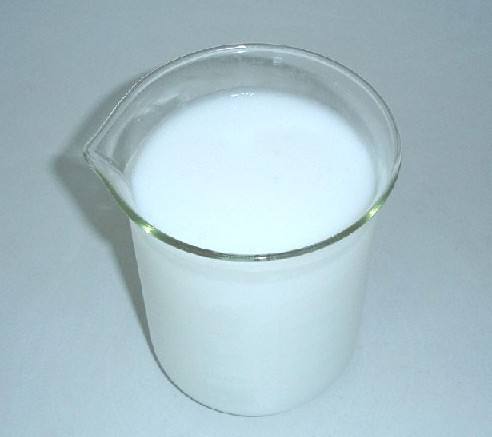Floral fabrics are more popular in textiles. What process is used to produce the skirt? What problems will you encounter during delivery? Let us follow Shanghai Kaiyin Chemical to learn about the textile printing and dyeing process.
Textile printing and dyeing is a complex and A huge project involves the selection of raw materials, semi-finished products, weaving, printing and dyeing, finishing and other processes. Among them, spinning, weaving, printing and dyeing are each independent positions. The production of floral prints occurs in printing and dyeing. It goes through preparation–seam–desizing–scouring–bleaching–pad dyeing solution–steam solidification–hot melt solidification- Only complex technological processes such as pulp mixing, plate making, roller printing, high-temperature steaming, desizing, resin padding, baking and shaping can be used to obtain floral printing and dyeing.

In textile printing and dyeing, if you want the printed and dyed textiles to be colorful To achieve uniformity, it is necessary to add various dyes and auxiliaries. Among these auxiliaries, especially surfactants such as detergents, penetrants, emulsifiers and leveling agents, foaming is very easy to occur after receiving mechanical vibration. Foam during the printing and dyeing process will lead to high energy consumption, low production capacity utilization, reduced product quality, reduced production capacity, and uneven dyeing. The produced floral prints will be very ugly. In this case, it is necessary to use textile Printing and dyeing are treated with defoaming agents.
Textile printing and dyeing defoaming agent is an emulsion-type modified silicone defoaming agent, which is the same as traditional Compared with disinfectants, it has better acid and alkali resistance and excellent sustainability. Adding a small amount can exert a good defoaming effect. Especially in the environment of strong acid, strong alkaline medium and strong mechanical mixing and shearing, it can maintain good defoaming performance. It is suitable for most textile printing and dyeing processes such as printing pulping, bleaching and dyeing, scouring, and various fiber oils. used in.

 微信扫一扫打赏
微信扫一扫打赏

